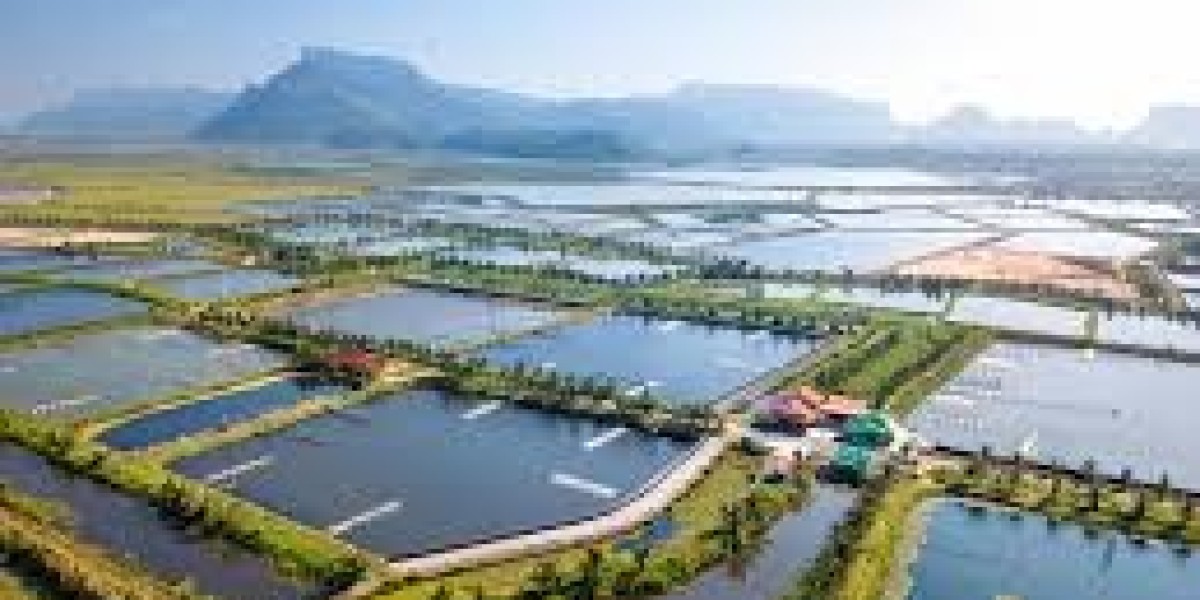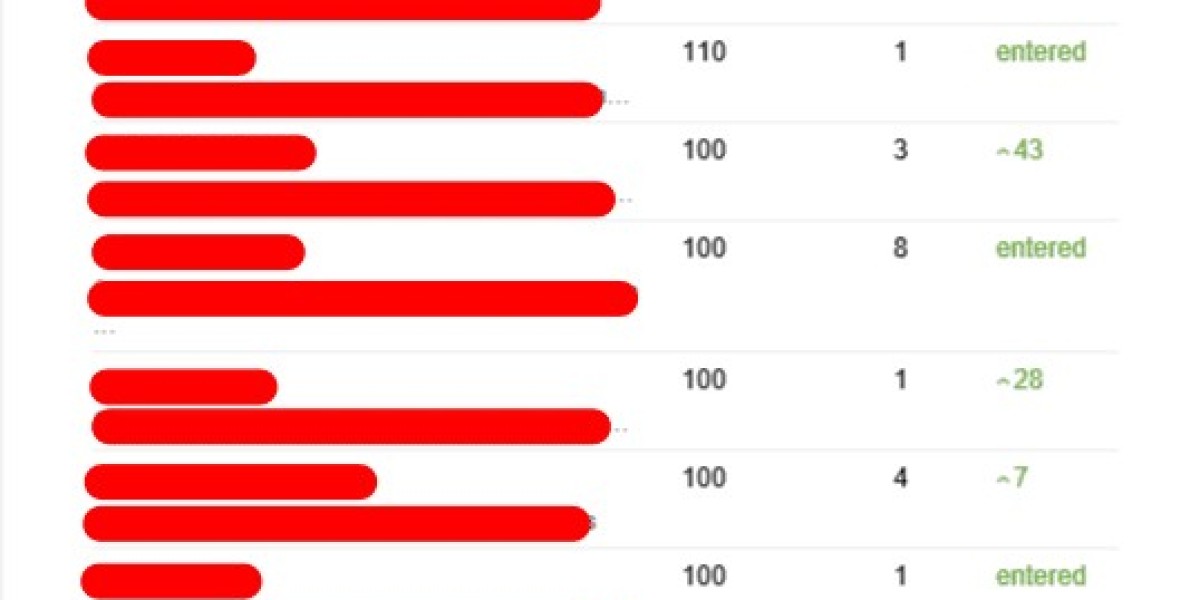Aquaculture Market Outlook
The global aquaculture market is experiencing a significant growth trajectory, projected to rise from USD 160.9 billion in 2024 to an impressive USD 262.09 billion by 2032, according to recent research by Market Research Future. This marks a robust compound annual growth rate (CAGR) of 6.29% during the forecast period of 2024–2032. As global demand for seafood and sustainable protein sources intensifies, aquaculture has emerged as a vital solution to meet this need while mitigating pressure on wild fish stocks.
Aquaculture market , also known as aquafarming, involves the breeding, rearing, and harvesting of aquatic organisms including fish, mollusks, crustaceans, and aquatic plants. Its growing prominence is closely tied to global food security concerns and the increasing health consciousness among consumers who are actively seeking protein-rich and omega-3-packed diets. With the world population expected to exceed 9 billion by 2050, aquaculture offers a reliable and scalable alternative to traditional capture fisheries, which are increasingly strained by overfishing, pollution, and climate change.
The expansion of the aquaculture industry is being propelled by advancements in aquaculture technology, including innovations in feed formulations, water treatment systems, and automated monitoring tools. These technologies are enhancing production efficiency and reducing the environmental footprint of aquaculture operations. Moreover, integrated multi-trophic aquaculture (IMTA) systems—where multiple species are farmed together to utilize waste nutrients—are gaining traction as sustainable farming models that replicate natural ecosystems and minimize waste.
Get a Quote - Request a price quote for the report or specific research services.
Government support and policy initiatives are also fostering the growth of the aquaculture market. Many countries, especially in Asia-Pacific—which remains the dominant regional player—are implementing favorable regulations, offering subsidies, and investing in research and infrastructure to support the sector’s development. China, in particular, continues to lead the market with its vast coastal resources, significant investment in R&D, and strategic policy frameworks. Meanwhile, countries in North America and Europe are focusing on high-value species and sustainable practices to meet stringent regulatory standards and evolving consumer expectations.
Consumer preferences are also evolving in favor of responsibly farmed seafood. Certifications such as the Aquaculture Stewardship Council (ASC) and Best Aquaculture Practices (BAP) are becoming essential for market access, particularly in developed economies. These certifications ensure traceability, sustainability, and animal welfare, aligning with consumer values and increasing market competitiveness for certified producers.
Despite its positive outlook, the aquaculture industry faces challenges such as disease outbreaks, environmental concerns, and supply chain disruptions. Nonetheless, ongoing research, biosecurity measures, and sustainable farming practices are being prioritized to address these issues. The increasing use of digital technologies such as AI, IoT, and blockchain in aquaculture is expected to further optimize farm operations, reduce risks, and enhance transparency across the supply chain.
In conclusion, the aquaculture market is well-positioned for substantial growth over the coming years. With rising global seafood demand, increasing investment in sustainable technologies, and supportive regulatory frameworks, aquaculture is poised to play a pivotal role in the future of global food production. As the industry continues to evolve, stakeholders who prioritize sustainability, innovation, and consumer trust will be best placed to thrive in this dynamic market.








